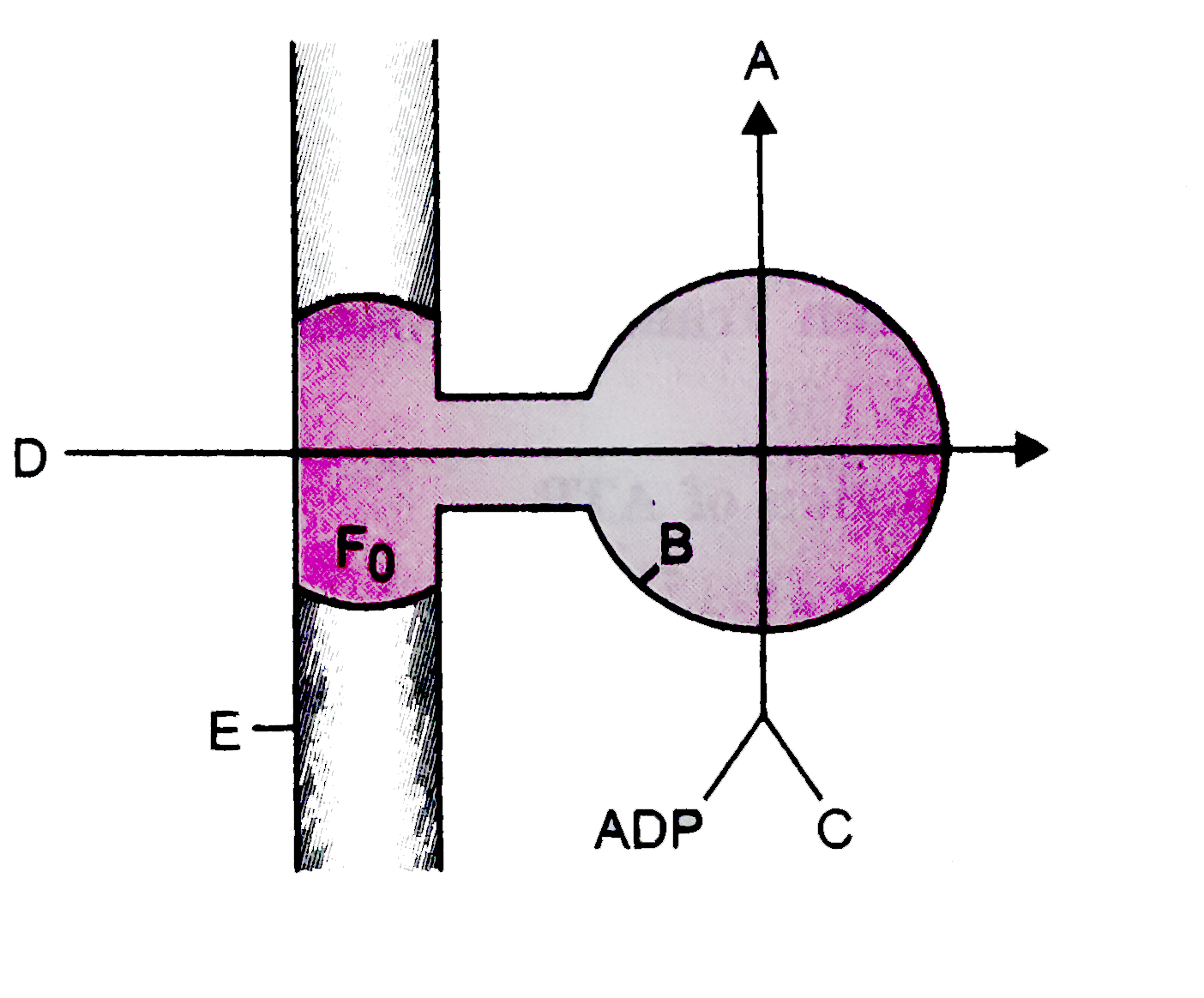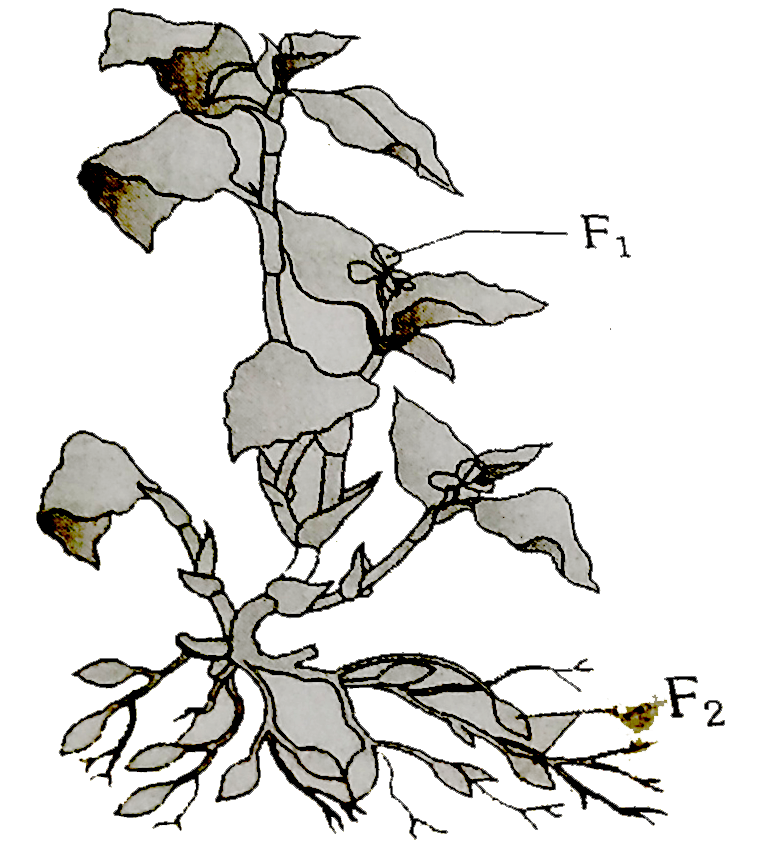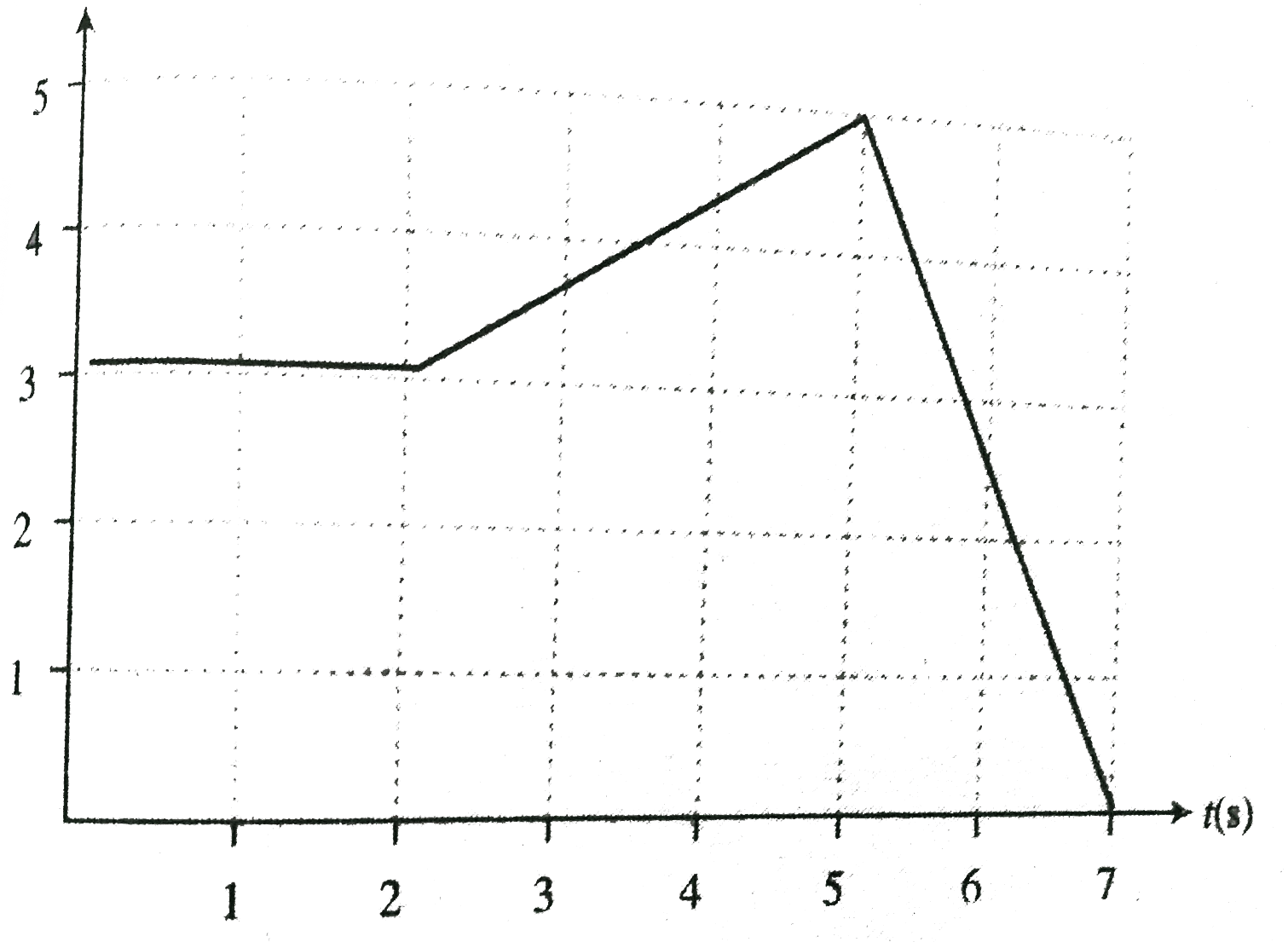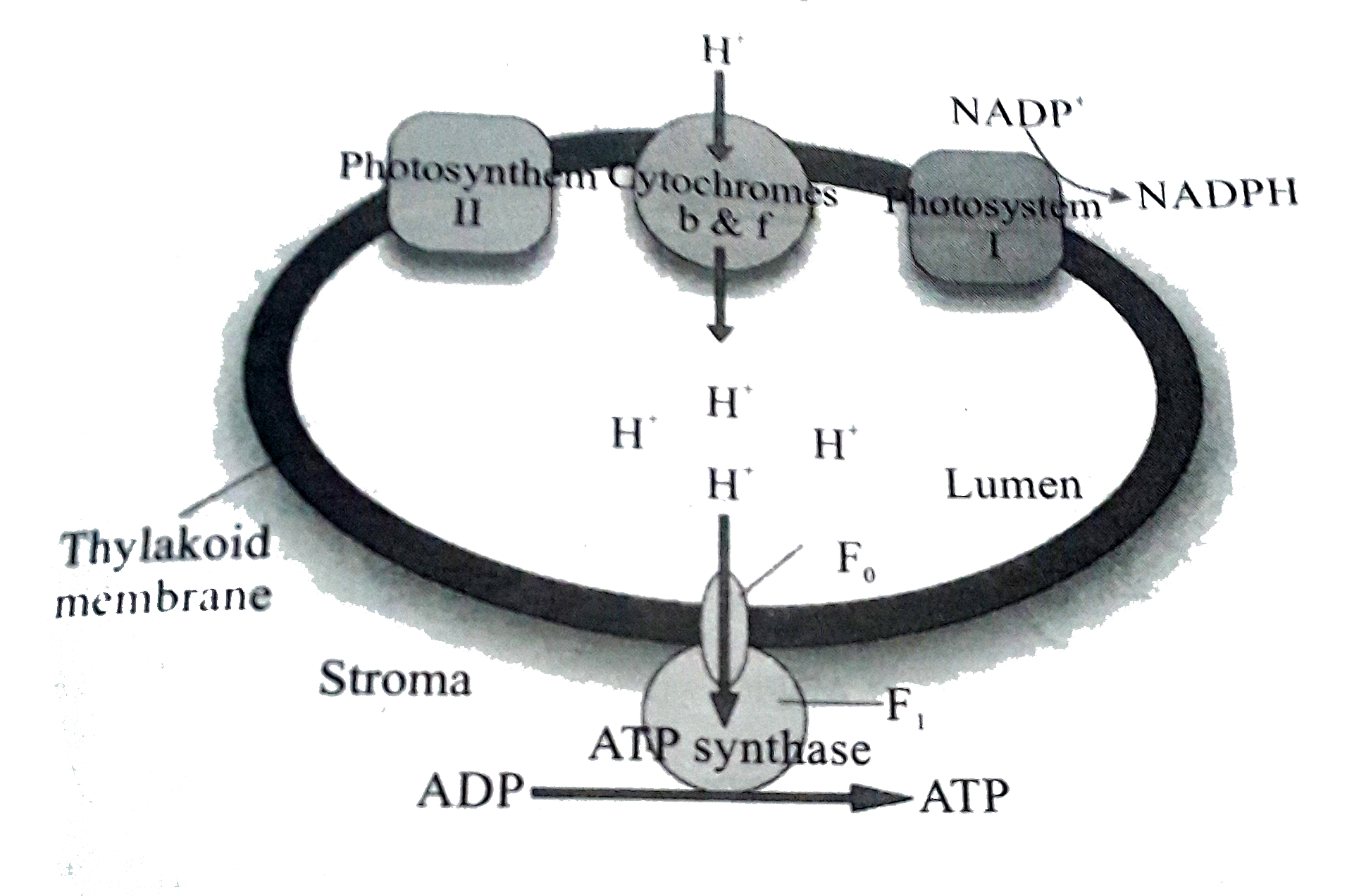Given below is a diagram showing ATP synthesis during aerobic respiration. Replace symbols ABCD and E by appropriate terms given in the box.
F 1, Particle Pi, 2H+, Inner mitochondrial membrane, ATP, F0 Particle, ADP

A → ATP, B→ F 1 particle, C→ Pi, D→2H+
E→ Inner Mitochondrial membrane.
Topper's Solved these Questions
- BOOK - PRADEEPCHAPTER - RESPIRATION IN PLANTSEXERCISE - Additional Questions ( Long Answer Questions )7videos
RESPIRATION IN PLANTS
- BOOK - PRADEEPCHAPTER - RESPIRATION IN PLANTSEXERCISE - Analytical Questions with Answers19videos
RESPIRATION IN PLANTS
- BOOK - PRADEEPCHAPTER - RESPIRATION IN PLANTSEXERCISE - Additional Questions (Very Short Answer Questions)19videos
RESPIRATION IN PLANTS
- BOOK - PRADEEPCHAPTER - PLANT KINGDOM EXERCISE - Assertion-Reason Type Question1videos
PLANT KINGDOM
- BOOK - PRADEEPCHAPTER - RESPIRATION IN PLANTS EXERCISE - CURIOSITY QUESTIONS7videos
RESPIRATION IN PLANTS
Similar Questions
Given below is a diagram showing ATP synthesis during aerobic respiration, replace the symbols A, B,C, D and E by appropriate terms as given below.
F1 particle, formationof π,2H+, inner mitochondrial membrane , ATP, Fo particle, ADP .
 View Solution
View SolutionWhat is the importance of F0−F1 particles in ATP production during aerobic respiration.
View Solution
Knowledge Check
- Question 1 - Select One
Assertion : F1 particles are present in the inner mitochondrial membrane.
Reason : An electron gradient formed on the inner mitochondrial membrane, forms ATP.AIf both assertion and reason are true and reason is the correct explanation of assertionBIf both assertion and reason are true but reason is not the correct explanation of assertionCIf assertion is true but reason is falseDIf both assertion and reson are false. - Question 2 - Select One
When 12H+ pass through F0−F1 particle, how many ATP are produced?
A6 ATPB4 ATPC8 ATPD10 ATP - Question 3 - Select One
The diagram given below shows the plant of Commelina with two type of flowers (F1andF2) the flowers are
 AF1 - chasmogamous F2 - CleistogamousBF1 - Cryptogamous F2 - OvulateCF1-Neutral F2 - StaminateDF1- Cleistogamous F2- Chasmogamous
AF1 - chasmogamous F2 - CleistogamousBF1 - Cryptogamous F2 - OvulateCF1-Neutral F2 - StaminateDF1- Cleistogamous F2- Chasmogamous
Given below shows the desplacemen-time graph for a particle moving along a straight line path.
 .
.
State true or false.
a. Time during which the particle was at reat is 0 to 2s
b. Time maximum velocity of the particle is −2.5ms−1 .View SolutionObserve the given figure of ATP sysnthesis through chemiosmosis and arrange the followign events in correct sequence

(a) Movement of e− through H-carrier ltBrgt (b) Shifting of protons from stroma to Lumen ltBrgt (c) Facilitated diffusion of protons across the membrane
(d) Conformation change in the F1 particle of the ATPase
(e) Formation of ATP moleculeView SolutionFigure (a) shows an arrangement of three charged particles separted by distance d. Particles A and C are fixed on the x-axis, but particle B can be moved along a circle centered on particle A. During the movement, a radial line between A and B makes an angle θ relative to the positive direction of the x-axis (Fig. b). The curves in Fig. c give, for two situations, the magnitude Fnet of the net electrostatic force on particle A due to the other particles. That net force if given as a function of angle θ and as a multiple of a basic amount F0. For example on curve 1, at θ=180∘ we see that Fnet=2F0. (a) For the situation corresponding to curve 1, what is the ratio of the charge of particle C to that of particle B (including sign)? (b) For the situation corresponding to curve 2, what is that ratio?
 View Solution
View SolutionStudy the following statements regarding chemiosmotic hypothesis in mitochondria and select the correct ones.
(i) F1 headpiece contains the site for the synthesis of ATP from ADP+Π.
(ii) F0 par forms the channel through which protons cross the inner membrane.
(iii) For each ATP produced, 2H+ pass through F0 from the intermembrane space to the matrix down the electrochemical proton gradient.View SolutionExperiments 1, 2 and 3 were conducted wherein synthetic vesicles containing F0−F1 ATP synthasev were prepared and incubated overnight in a tube. Subsequently, the vesicles were transferred to another tube which alsao contained ADP and Pi (inorganic phosphate).

A. A proton gradient across the vesicular membrane will be present in both experiments 1 and 2 at the time of transfer.
B. As a consequence of the proton gradient, ATP will be synthesised in both experiments 1 and 2.
C. ATP will be synthesised in experimants 3 because Fo-F1 ATP synthase has the inherent property to catalyse the synthesis of ATP from ADP and Pi.
D. ATP will be synthesised in experimants 2 because the proton has to flow out of the vesicles through the F0−F1 ATP synthase for ATP synthesis.View Solution

